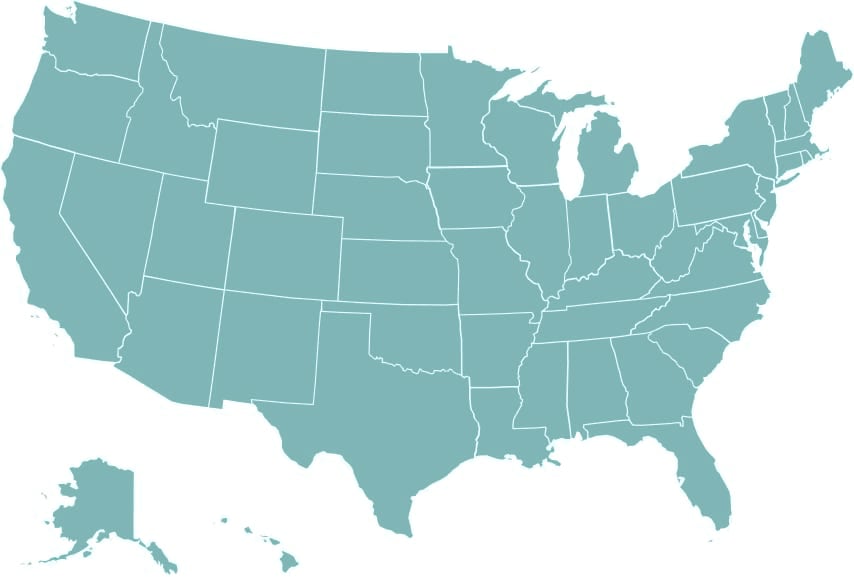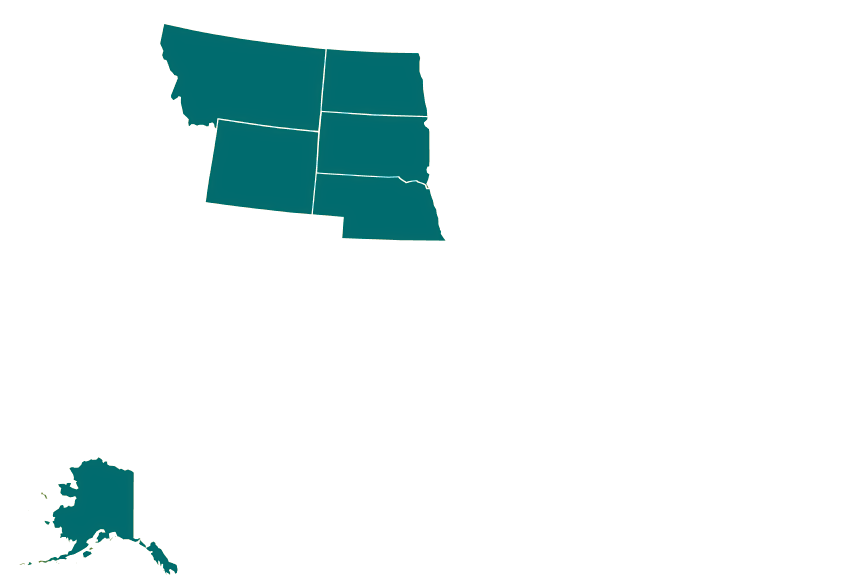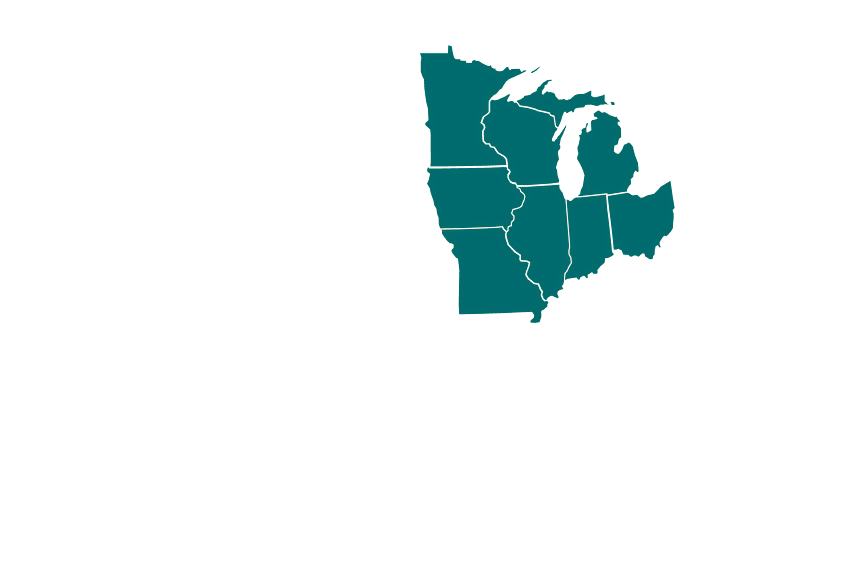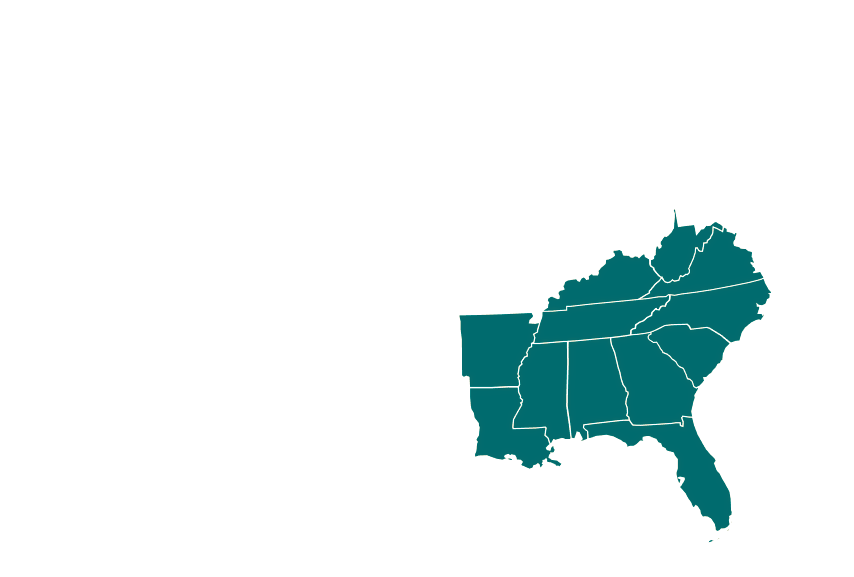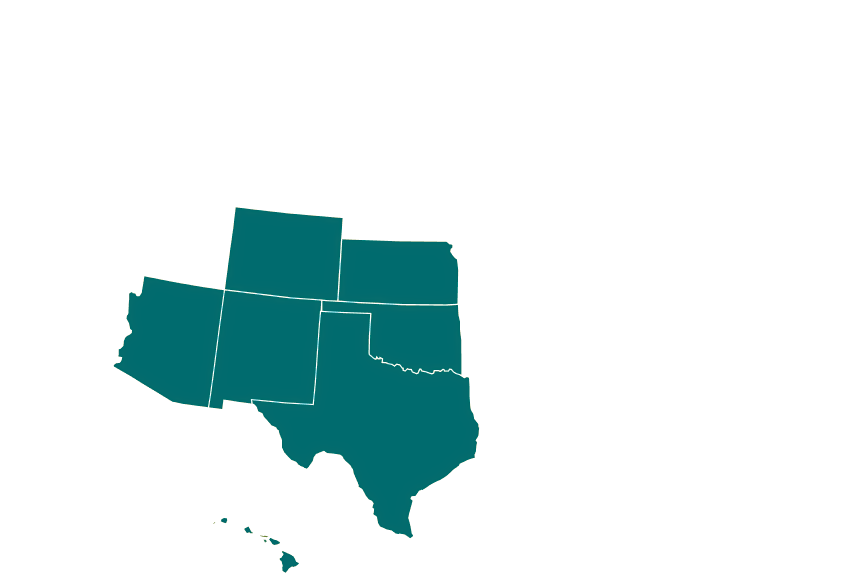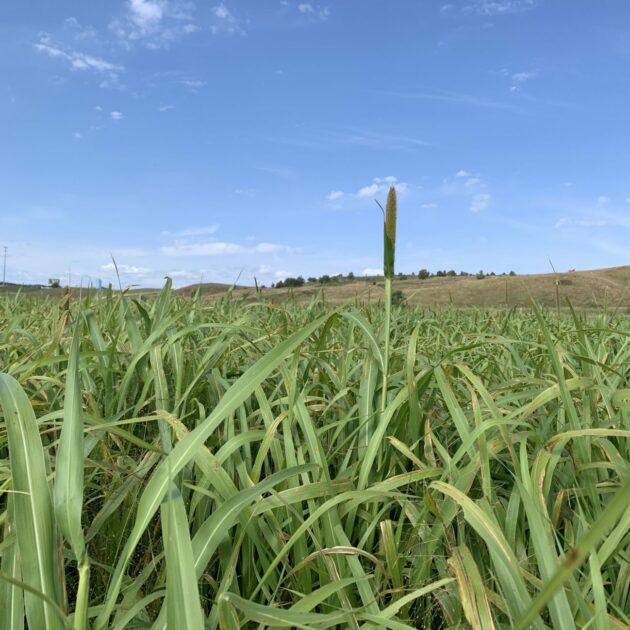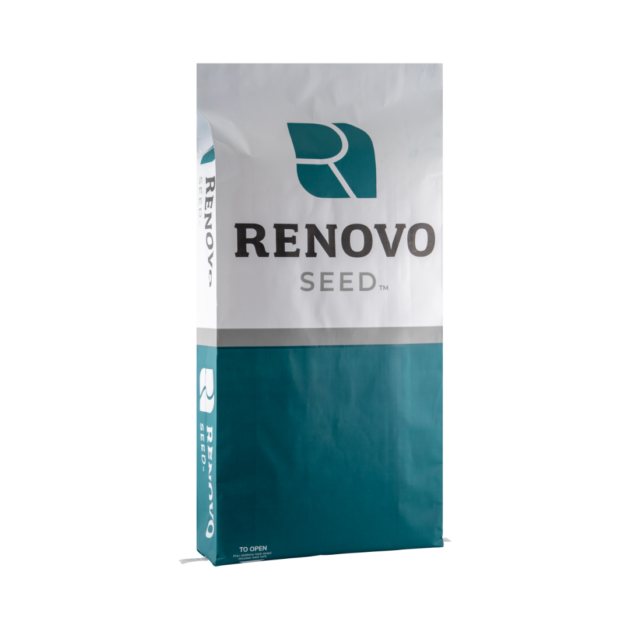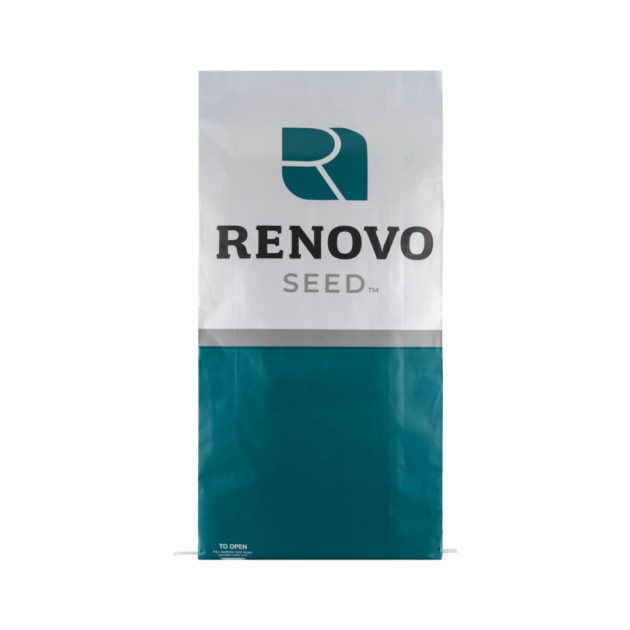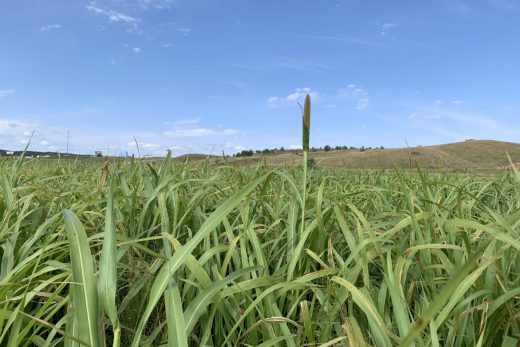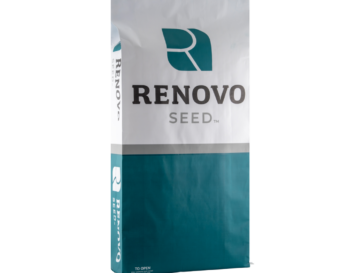HayMax Pearl Millet
$2.00 lb
| Package | 50 lb bag |
Need some help? Contact us.
Description
Pearl Millet is a warm-season annual grass commonly used for grazing as well as hay and silage production. Pearl Millet is desirable as forage due to its high leaf to stem ratio and high yield potential. It can reach heights of over 6’ tall at full maturity, making it more comparable to sorghum-sudangrass than to other common hay millets. Pearl Millet will regrow following cutting or grazing and can be used in a multi-harvest scenario. Pearl Millet is drought hardy and grows well in light or sandy soils. It is moderately tolerant of saline soils but will not survive in standing water.
Drilled Seeding Rate | 15-20 lbs/acre
Product Guide
Planting
- Planting Time: Late Spring – Mid Summer
- Millet needs a minimum soil temperature of 60 degrees to germinate.
- Drilled Seeding Rate: 15-20 lbs/acre
- Ideal Seed Depth: 1/2” – ¾”
- Millet can also be broadcasted and rolled or packed to gain seed to soil contact.
Fertility
- Pearl millet requires approximately 10 lbs of N, 5 lbs of P2O5, and 12 lbs of K2O per ton of forage produced.
- Apply ½ rate of nitrogen before or immediately after planting, and the other ½ rate 30 days after emergence.
- If crop is intended for multiple cuttings, split apply the total rates recommended between each cutting.
- Do not exceed a total of 10 lbs/a of N+K if fertilizer is placed in-furrow at planting.
Weed Control
Plant into a clean, weed-free seedbed and use the herbicide options below for optimal weed control:
| Timing | Herbicide | Rate | Notes | Weeds Controlled | Control Method |
| Preplant or Preemergence | Sharpen (Saflufenacil) | 1-2 oz/a | Apply any time after planting and before crop emergence. Do not apply if soil pH is > 7.8 | Broadleaves | Contact & Residual |
| Glyphosate** | 32 oz/a | Apply any time before crop emergence if drilled. | Grasses & Broadleaves | Contact | |
| Post- emergence | Comet (Fluroxypyr) | 0.5-0.67 pts/a | Apply between the 2-leaf stage and before early boot stage. | Broadleaves | Contact |
| 2,4-D Amine (2,4-D) | 0.5-1 pt/a | Apply from 5-leaf stage to early boot stage. | Broadleaves | Contact |
*Always read and follow label instructions before making an application.
**Different glyphosate products may have different application rates. Refer to the label before making an application.
Disclaimer: All products and rates were provided by university-based sources and product labels. Always follow label instructions and consult your local chemical dealer and seed dealer before making any applications or planting of seed.
Harvest Management
- Hay: Cut in the early boot stage for the fastest dry down and leave a stubble height of 6” for optimal regrowth.
- Silage/Haylage: Cut in the boot stage and leave a stubble height of 6” if planning for multiple cuts. Cut in the mid-dough stage if planning for a single harvest.
- Grazing: Begin when plants are still vegetative and graze to a stubble height of 6” to allow regrowth before grazing again. Use a rotational system for best in-season utilization by livestock, or allow full growth for fall and winter grazing.
- Anti-Quality Factors: Pearl Millet that is stressed to the point of stunted growth can accumulate nitrates in the lower portion of the plant and should not be grazed or hayed during these stress periods. Ensiling pearl millet with high levels of nitrates will reduce them to safe levels. There are no prussic acid concerns with millets.
Multiple Regions
Every acre is different and our goal is to help you know what works best in your area. This 'Growing Regions' section showcases where this species works best. If you have any questions on product placement, feel free to contact our experts and we will help!
